
Some fish species possess extraordinary survival skills that challenge our understanding of aquatic life. The pond loach, also known as the oriental weatherfish, has recently been spotted in eastern Canadian waterways, specifically in the LaHave River near New Germany.
This invasive species is capable of surviving out of water for short periods, a rare trait among fish, which allows it to move between habitats and endure harsh conditions.
Its presence raises concerns about its potential ecological impact. Pond loaches reproduce rapidly and tolerate poor water quality, threatening native fish populations and biodiversity. Let’s learn more about how this fish manages such an impressive feat.
Meet the Pond Loach: A Fish That Reproduces Alone
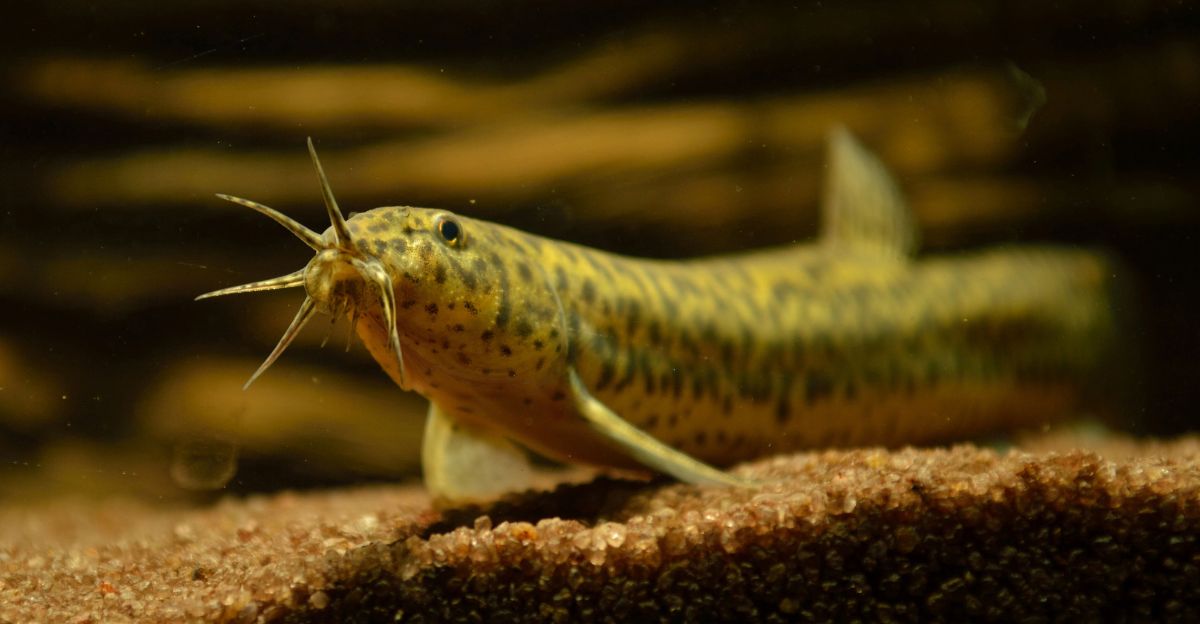
The reproductive style of the pond loach is not typical of most fish, as it reproduces asexually. That means one individual can spawn an entire new population without needing a mate.
This rapid, independent breeding allows pond loaches to reproduce in large numbers that soon outnumber native fish, directly disrupting the natural balance before anyone even notices their spread.
Survival Beyond the Stream
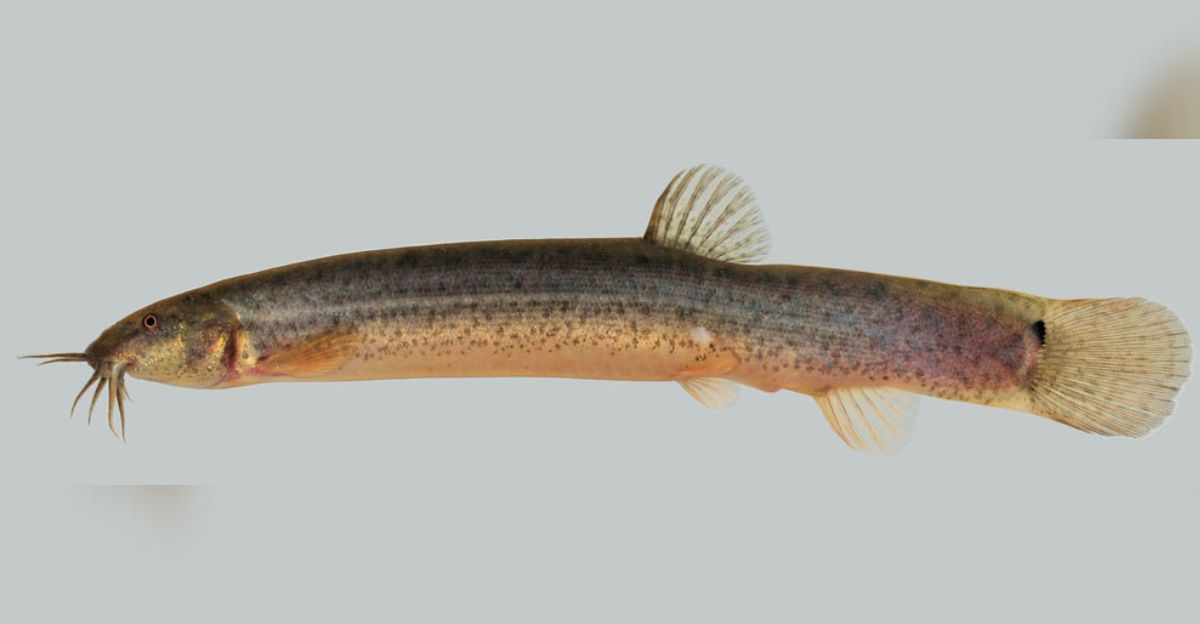
Unlike most fish, pond loaches are tough and can withstand harsh conditions even when out of water for a short time. This ability enables them to move between different water bodies or to tolerate water conditions that would be lethal to other species.
Their resilience gives them a significant advantage over native fish, allowing them to colonize new habitats and outcompete local populations. This is often not good for any local ecosystem.
The Hidden Danger of Invasive Species

Invasive species such as the pond loach are frequently introduced by human activities, such as aquarium dumping or accidental transportation. Once established, such species monopolize important resources like food and space, driving native species into decline or extinction.
The environmental consequences of invasives are severe, too. They cost billions of dollars worldwide and threaten biodiversity as they continue to multiply and thrive.
Their Spread Is Driven By Climate Change
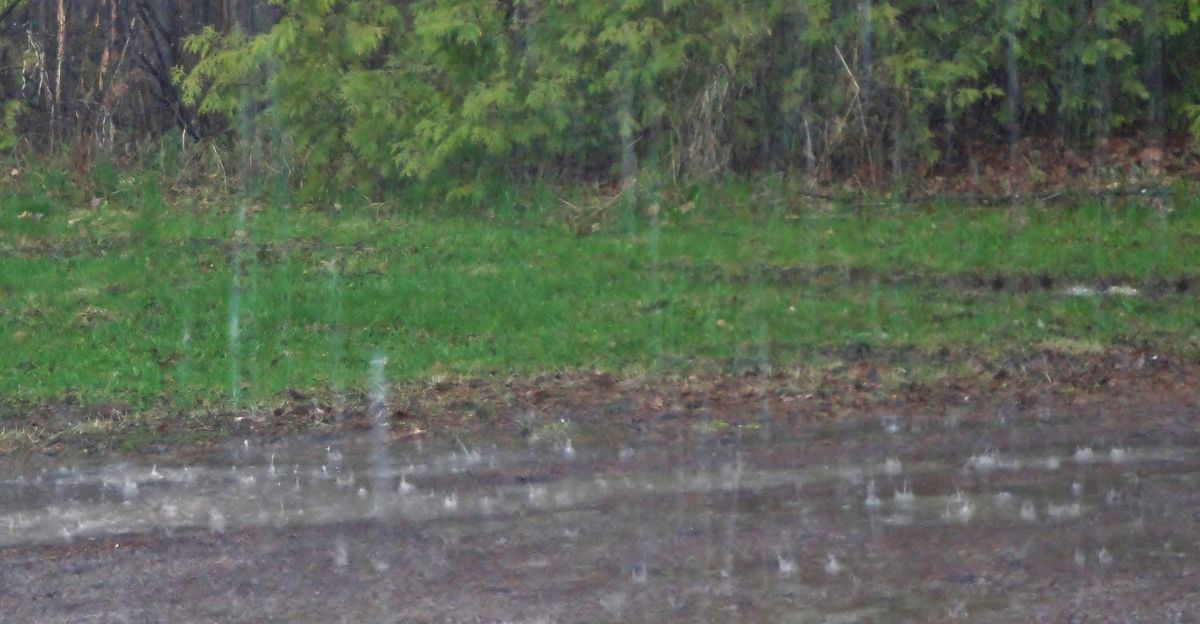
Climate change is creating conditions that favor invasive species by altering habitats and environmental stability. As temperatures rise, rainfall patterns shift, and water levels fluctuate, opening new niches for species like the pond loach.
Experts warn that as climate shifts accelerate, invasive fish will find it easier to establish themselves in previously unsuitable areas, which speall disaster for native species and the overall ecosystem.
Other Fish That Can Walk on Land

The pond loach is not alone in its amphibious abilities. The mangrove rivulus can survive for weeks out of water by breathing through its skin. What would you do if you encountered this fish out of water?
Walking catfish walk with their fins to move across land in search of new habitats, and mudskippers can stay on mudflats for several days, breathing through their skin and the lining of their mouths. These adaptations show us how diverse and surprising fish survival strategies can be.
Evolutionary Clues in Amphibious Fish
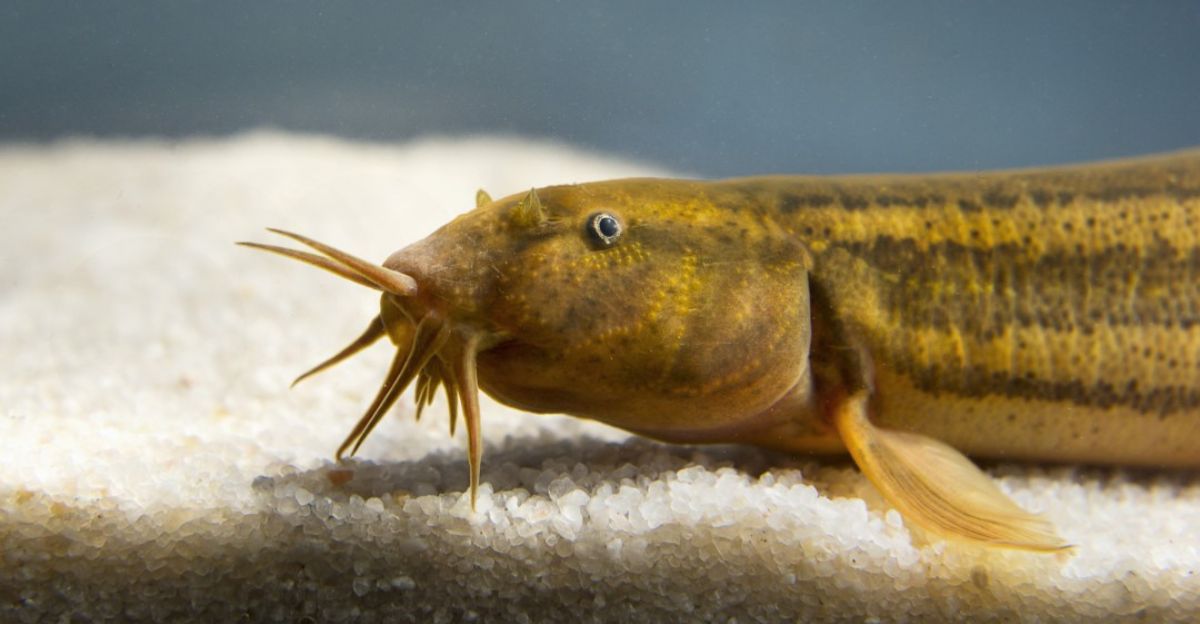
Amphibious fish like pond loaches and mudskippers offer fascinating insights into vertebrate evolution. Their ability to survive both in water and on land indicates a transitional evolutionary adaptation that may have enabled early vertebrates to move onto dry land millions of years ago. While evolutionary marvels, these traits also make them potent invaders when introduced to new ecosystems.
Their unique physiological adaptations, such as breathing through skin or specialized gills, showcase nature’s innovation in overcoming environmental challenges. Studying these species helps scientists understand both evolutionary history and the risks posed by invasive amphibious fish.
Aquarium Dumping – Why is it so Bad?

The pond loach’s presence in Nova Scotia likely resulted from aquarium dumping, which occurs when pet owners release unwanted fish into nearby water systems.
This is highly discouraged because introductions like this bring invasive species that can disrupt native ecosystems. Many regions have laws and fines to prevent such releases, but public awareness and compliance remain critical to stopping this pathway.
Fighting Back: Controlling Invasive Fish
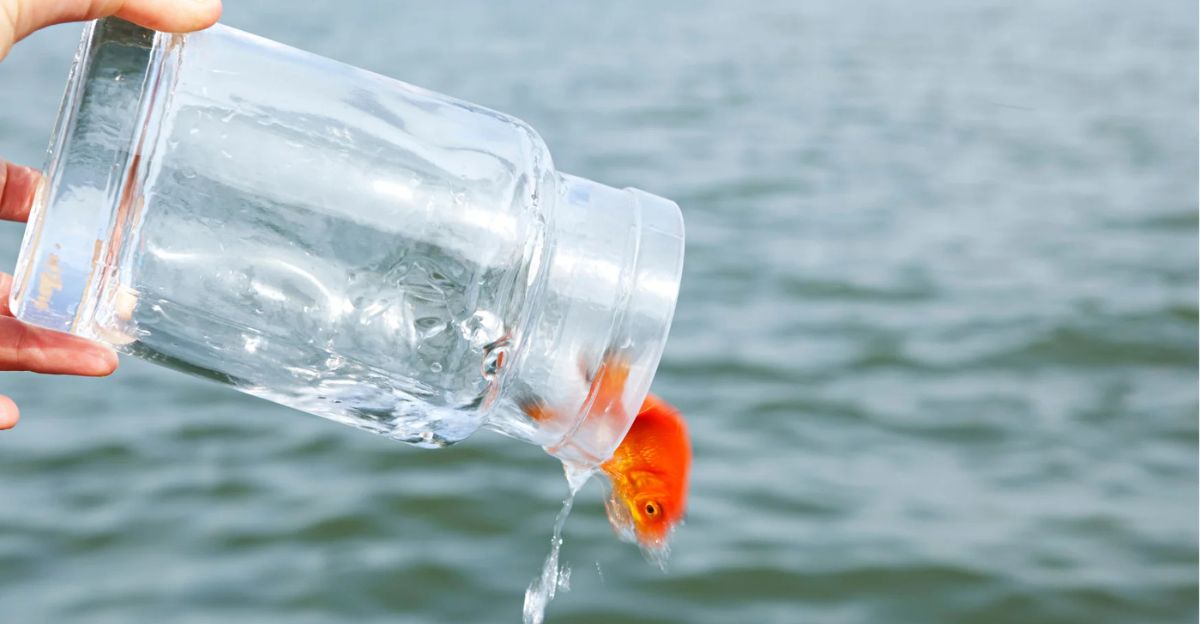
Certainly! Here’s the expanded paragraph with additional details for greater depth and impact:
Controlling invasive species like the pond loach requires coordinated efforts including monitoring, public education, and strict enforcement of regulations. Early detection and rapid response are vital to prevent these fish from establishing breeding populations and spreading uncontrollably.
Conservationists emphasize the importance of community involvement to protect native biodiversity from invasive threats, encouraging citizens to report sightings and avoid releasing aquarium pets into the wild. Additionally, research into biological controls and habitat restoration plays a crucial role in managing invasive populations sustainably.
Collaborative partnerships between government agencies, scientists, and local communities are essential to develop effective strategies that safeguard aquatic ecosystems for future generations.
Reasons to Remain Vigilant

Experts urge ongoing vigilance in monitoring waterways for fish with unusual survival abilities. Understanding how species like the pond loach survive and spread is essential to developing effective management strategies. Protecting native ecosystems demands proactive action, research, and public cooperation to prevent invasive species from causing irreversible harm.
You can do your part to prevent any more invasions by never releasing aquarium pets or bait fish into the wild, properly disposing of fishing gear, and supporting local conservation initiatives. Staying informed and reporting any unusual sightings to authorities helps scientists respond quickly and contain potential threats.
Together, these efforts build a stronger defense against invasive species and help preserve the health and diversity of our waterways for generations to come.







